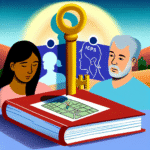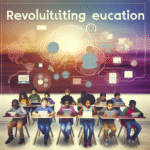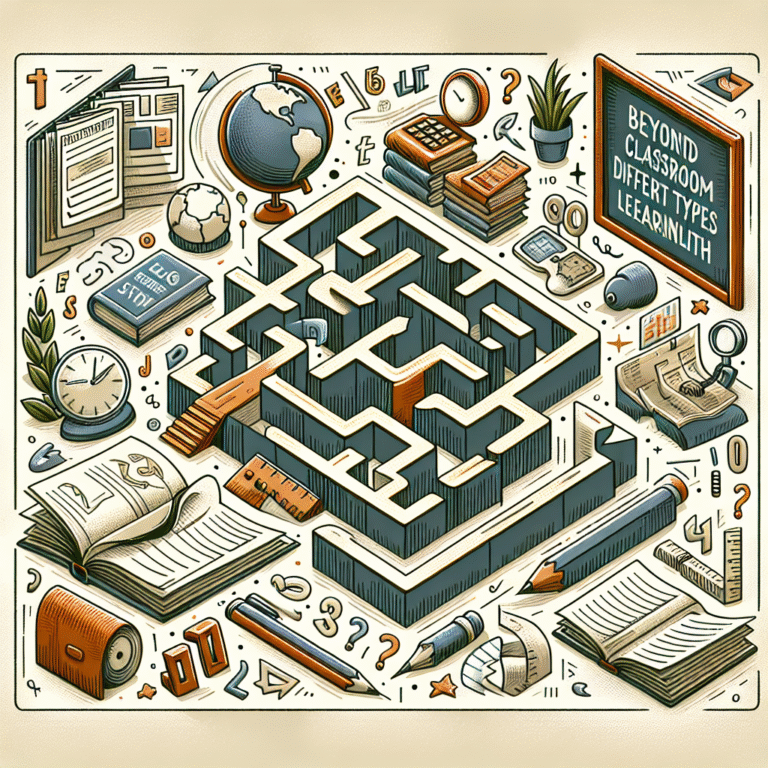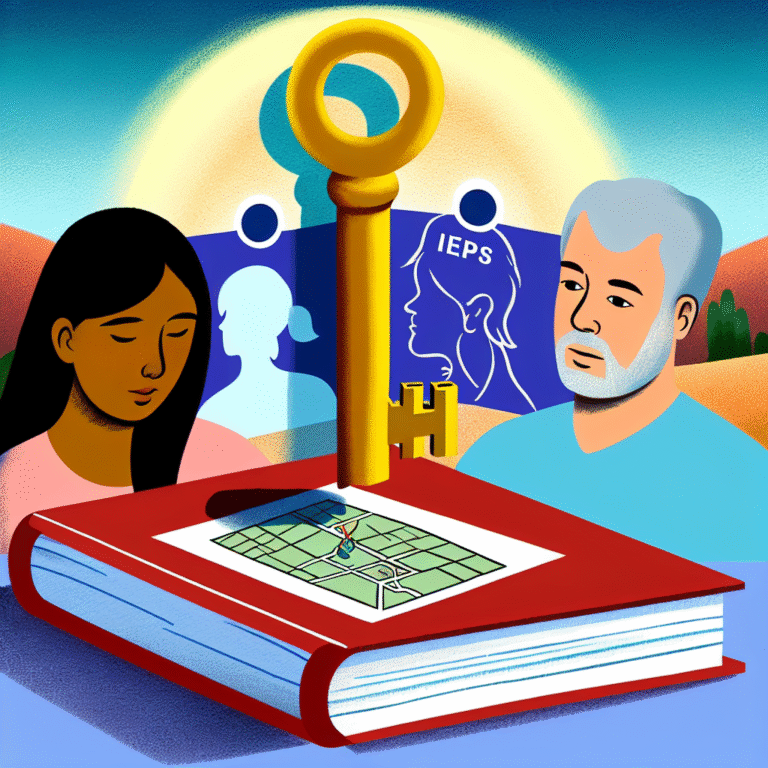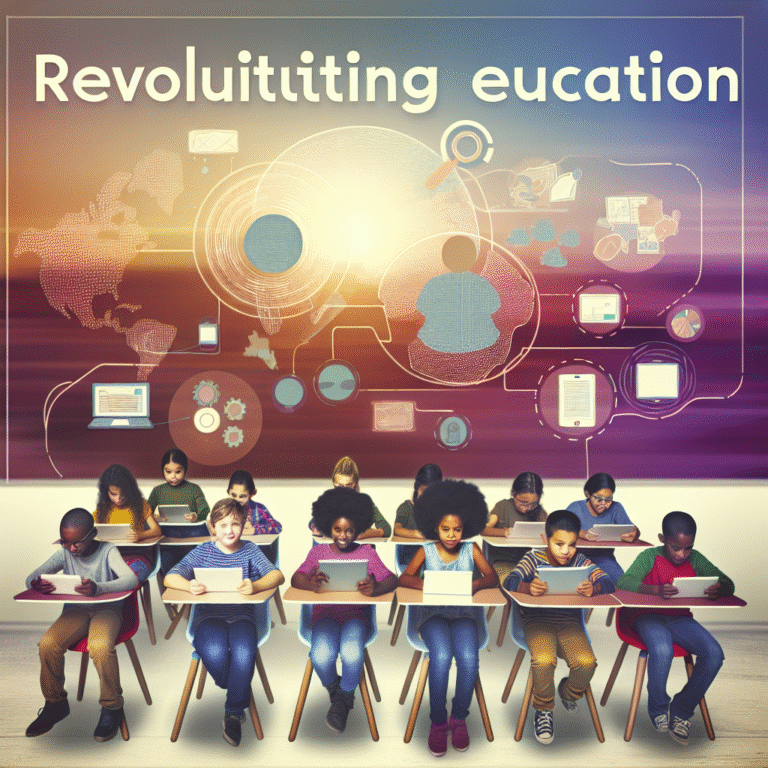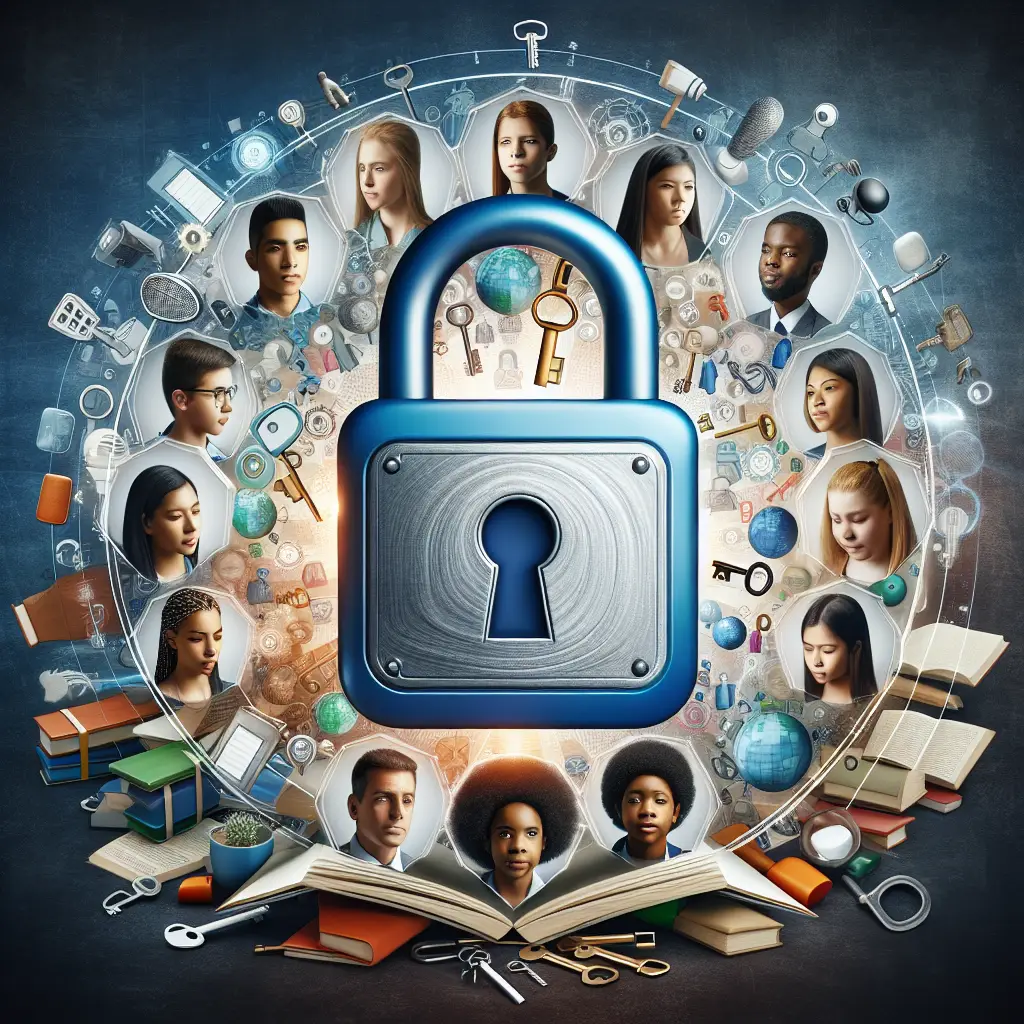
Unlocking Potential: Essential Strategies for Supporting Students with Learning Disabilities
Introduction
In a world that often emphasizes traditional academic achievements, it’s crucial to acknowledge and nurture the diverse abilities of all students, particularly those with learning disabilities. These students possess unique strengths waiting to be uncovered and enhanced. Therefore, unlocking their potential requires innovative strategies that go beyond conventional teaching methods. In this article, we will explore Unlocking Potential: Strategies for Supporting Students with Learning Disabilities, offering you essential insights, real-life case studies, and actionable tips that can transform educational experiences.
Understanding Learning Disabilities
Before we dive into practical strategies, it’s pivotal to understand the nature of learning disabilities. These conditions can affect how students receive, process, and respond to information. According to the National Center for Learning Disabilities, specific learning disabilities can manifest in various ways, including difficulties with reading (dyslexia), writing (dysgraphia), and mathematics (dyscalculia). Recognizing these patterns is the first step in Unlocking Potential: Strategies for Supporting Students with Learning Disabilities.
1. Creating an Inclusive Classroom Environment
The Power of Inclusion
An inclusive classroom recognizes, values, and respects diverse learning needs. Studies have shown that such environments can significantly enhance the educational experiences of students with learning disabilities.
Case Study: The Inclusion Model in Practice
In a mid-sized school district, educators implemented a co-teaching model where special and general education teachers worked together. They utilized differentiated instruction tailored to individual learning styles, demonstrating the effectiveness of inclusion. From this initiative, 85% of students with learning disabilities showed marked improvement in their academic performance.
| Strategy | Description | Expected Outcome |
|---|---|---|
| Co-Teaching | General and special educators collaborate | Improved academic performance |
| Peer Support | Encouraging collaboration among peers | Enhanced social skills and confidence |
| Flexible Grouping | Grouping students based on skills and interests | Targeted learning and engagement |
Classroom Design and Accommodations
Physical classroom design can significantly impact student performance. Simple accommodations, such as seating arrangements that minimize distractions or the use of technology, can boost engagement and comprehension.
2. Personalized Learning Plans
Tailoring Education to Fit Individual Needs
Every student is unique, and so are their learning challenges. Unlocking Potential: Strategies for Supporting Students with Learning Disabilities involves customizing educational plans to meet these varied needs.
Case Study: Individualized Education Programs (IEPs)
A school district in California effectively utilized IEPs to tailor lesson plans to students’ strengths and weaknesses. By focusing on personalized goals, students not only thrived academically but also developed a sense of ownership over their learning process.
| Components | Purpose |
|---|---|
| Specific Goals | Clarity on what the student aims to achieve |
| Regular Assessment | Tracking progress consistently |
| Parental Involvement | Engaging families in the educational process |
Utilizing Assessments
Continuous assessment and feedback allow educators to adapt teaching methods promptly. Implementing formative assessments can highlight students’ understanding and areas needing improvement, enabling better-tailored instruction.
3. Engaging Teaching Strategies
Active Learning Techniques
Hands-on activities and interactive lessons can captivate students with learning disabilities. These methods help reinforce concepts and accommodate various learning styles.
Case Study: The Power of Hands-On Learning
A fourth-grade teacher incorporated project-based learning into her curriculum, allowing students to explore subjects through engaging real-world projects. This method led to a 45% increase in retention rates among students with learning disabilities, proving the effectiveness of active learning.
| Teaching Technique | Example Implementation | Benefits |
|---|---|---|
| Project-Based Learning | Building a model of a historic site | Boosted engagement and collaboration |
| Use of Technology | Interactive learning apps | Immediate feedback and support |
| Visual Aids | Infographics and charts | Enhanced comprehension |
Incorporating Technology
Educational technology can serve as a valuable tool for Unlocking Potential: Strategies for Supporting Students with Learning Disabilities. From speech-to-text applications to interactive learning platforms, technology can cater to diverse learning preferences.
4. Fostering a Growth Mindset
Encouraging Resilience and Determination
A growth mindset emphasizes the belief that abilities can be developed through effort and dedication. Cultivating this mindset is essential for helping students with learning disabilities.
Case Study: Growth Mindset Workshops
A school in New York introduced workshops focused on teaching students about growth mindsets. Through engaging activities and discussions, students began to embrace challenges, leading to a significant decrease in anxiety and an increase in academic performance.
Celebrating Efforts and Progress
Recognizing effort, not just achievement, fosters motivation. Implementing a system of rewarding progress, even in small increments, encourages students to continue pushing boundaries and striving for success.
5. Collaborating and Communicating
The Importance of Collaboration
Collaboration among educators, parents, and specialists is invaluable. When a network of support surrounds students, it can drastically improve their learning experience.
Case Study: Collaborative Team Meetings
A local elementary school held monthly meetings where teachers, special educators, and parents collaborated on student progress. This practice led to enhanced communication, improved strategies, and a greater understanding of student needs, making it a cornerstone of their approach.
Building Relationships
Building strong relationships with students can help them feel valued and understood. When educators demonstrate empathy and patience, students are more likely to thrive emotionally and academically.
FAQ Section
1. What are the most common types of learning disabilities?
The most common types include dyslexia (reading difficulties), dyscalculia (mathematical challenges), and dysgraphia (writing issues).
2. How can teachers identify learning disabilities?
Teachers should observe students for persistent challenges in specific areas, utilize screenings, and collaborate with special education professionals to determine the presence of learning disabilities.
3. What role do parents play in supporting students with learning disabilities?
Parents play a crucial role in advocating for their children, reinforcing skills at home, and communicating regularly with educators about their child’s progress.
4. What are some effective interventions for students with learning disabilities?
Effective interventions include individualized instruction, multi-sensory teaching methods, and the use of assistive technology.
5. How can schools foster a positive learning environment for students with learning disabilities?
Schools can foster a positive environment by promoting inclusivity, supporting social interactions, and providing professional development for staff on handling diverse learning needs.
6. Can students with learning disabilities succeed academically?
Absolutely! With the right support, teaching methods, and encouragement, students with learning disabilities can and do succeed academically.
Conclusion
Unlocking Potential: Strategies for Supporting Students with Learning Disabilities doesn’t just pave the way for academic achievement; it cultivates an environment where every student can thrive. By implementing inclusive practices, personalized learning plans, active teaching strategies, fostering resilience, and promoting collaboration, educators can ensure that students with learning disabilities are not only supported but empowered to realize their fullest potential.
As we work to create a brighter future for all learners, let’s commit to embracing differences and unlocking doors to success—because every student deserves a chance to shine.

